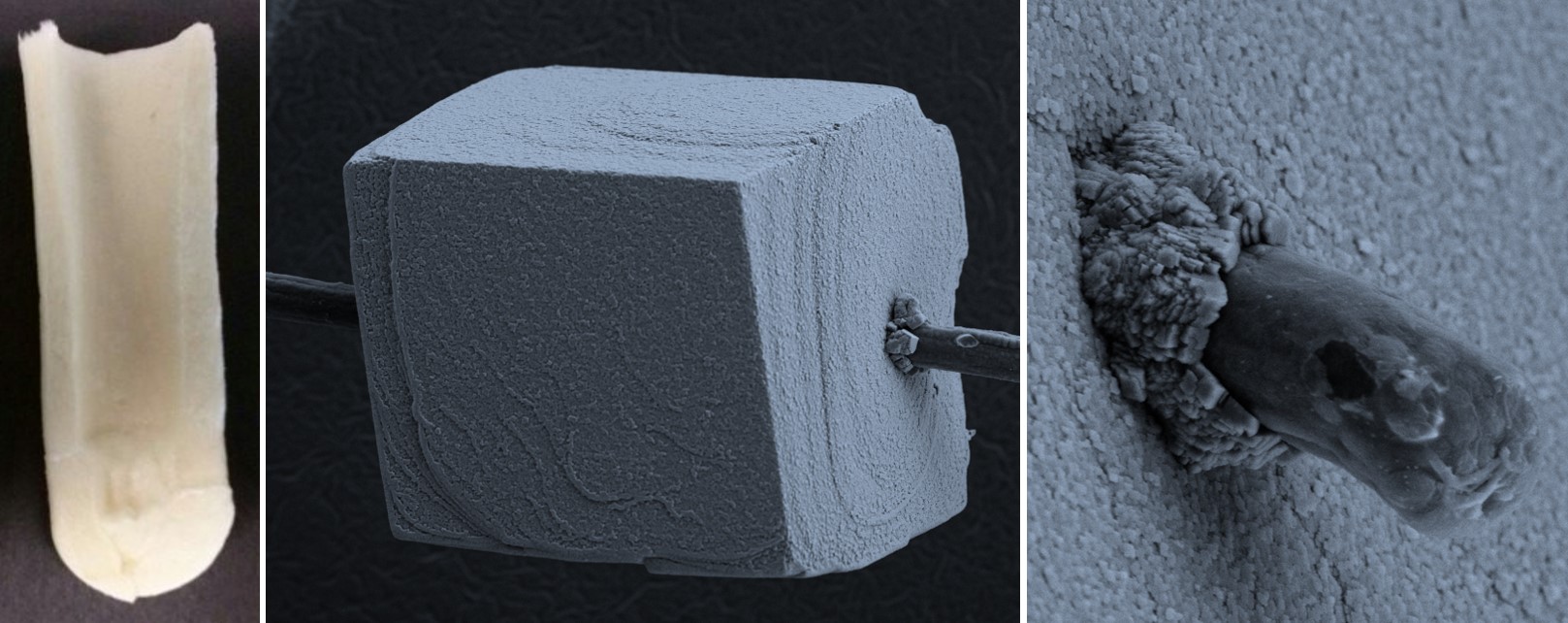News
New publication in Research SPJ on ultraporous hollow sponge reaction containers together with Andreas Greiner and Seema Agarwal.
26th May 2019
Our collaborative research together with Andreas Greiner and Seema Agarwal was recently published in Research SPJ.
Sponges are open cellular materials with numerous interesting features. However, the potential of compartmentalized sponges has not been fully explored, although many new properties and applications could be envisioned. We found that compartmentalized fibrous ultraporous polymer sponges with superhydrophobic surfaces could be designed as virtually wall-less reaction containers. With this, for example, the efficient removal of CO2 from water and the controlled mineralization of calcium carbonate are possible.The high porosity (>99%) and superhydrophobicity make these sponges ideal candidates to hold alkanolamine solution for absorbing CO2 and exchange gas through the walls of the sponges.The tubular sponge exhibits a much higher evaporation rate than a glass tube with the same diameter due to the much larger contact area between water and air. Therefore, the spongy reaction container also possesses a much faster adsorption rate, smaller equilibration time and higher efficiency for CO2 adsorption than the glass tube container. In addition, these tubular sponges are also utilized to precipitate calcium carbonate by ammonium carbonate decomposition, which can control the deposition rates and products by tailoring the porosity and surface chemistry in the future. These new sponges provide an ideal basis for numerous applications, for example, as breathable pipe lines for gas-liquid exchange, slag slurry carbonization, humidifier, and blood enricher.
Read more about this project here.

